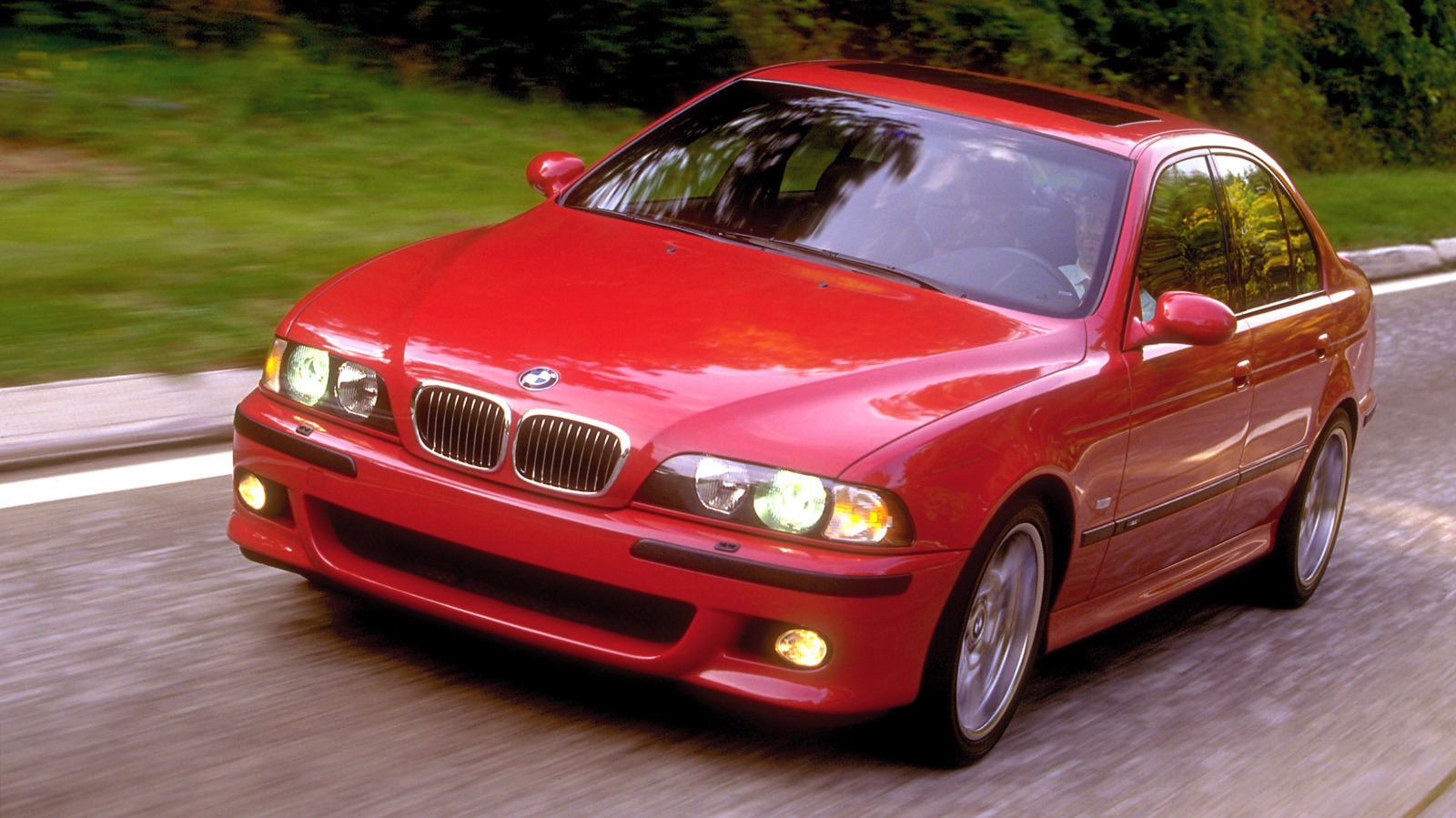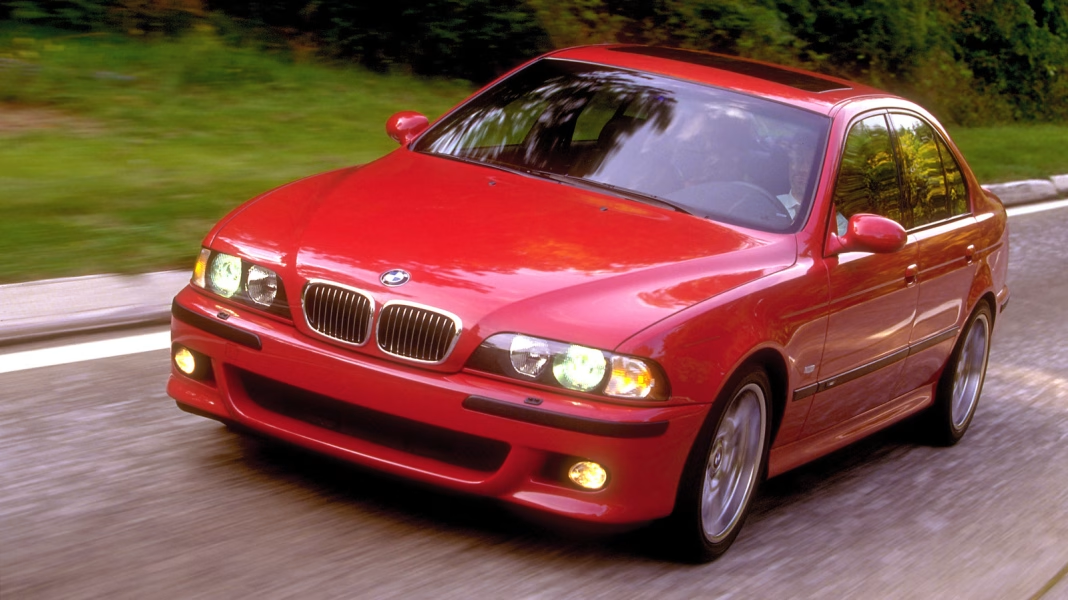Why Did BMW M Consider a Six-Cylinder for the E39 M5?
Car enthusiasts still talk about the E39 M5 as the gold standard of sports sedans. But what many don’t realize is that, back in 1995, BMW’s M division was at a crossroads: Should the next M5 keep the traditional eight-cylinder heart, or switch to a turbocharged six? This wasn’t just a technical debate—it was a battle over the very soul of the M5.
The push for a six-cylinder came from several directions. For one, BMW’s straight-six engines were already legendary for their smoothness and high-revving character. The M3’s S50 and S52 engines had set benchmarks in the early ’90s, and some engineers believed a turbocharged version could deliver the power needed for the M5, but with less weight over the front axle. Less weight up front means sharper handling—a tempting prospect for a car meant to dance as much as it sprints.
What Were the Arguments for Keeping the V8?
On the other side, tradition and market expectations loomed large. The outgoing E34 M5 had a six-cylinder, but by the mid-’90s, luxury sport sedans from rivals like Mercedes-AMG were moving to V8s. BMW’s own 540i already featured a robust V8, and the M division worried that a six-cylinder, even turbocharged, might not deliver the effortless torque and refinement buyers expected in a flagship sedan.
There was also the matter of sound and character. The V8’s deep, throaty growl was part of the M5’s identity. A turbo six would be quick, sure, but would it feel as special? Would it have the same presence on the Autobahn or in a crowded parking lot? These weren’t just engineering questions—they were about emotion and brand legacy.
How Did Technology and Emissions Shape the Decision?
The mid-’90s were a turning point for performance cars. Emissions regulations were tightening, and turbocharging was seen as a way to extract more power from smaller engines while keeping fuel consumption in check. BMW’s engineers experimented with a turbocharged inline-six, hoping to blend efficiency with performance. But turbo lag was still a challenge, and the complexity of turbocharging added cost and potential reliability concerns.
Meanwhile, advances in naturally aspirated V8 technology were closing the gap. The S62 V8 that eventually powered the E39 M5 delivered 394 horsepower without forced induction, thanks to innovations like individual throttle bodies and double VANOS variable valve timing. It was a technical tour de force—smooth, responsive, and brutally fast, all while meeting stricter emissions standards.
What Impact Did the Final Engine Choice Have on the M5’s Legacy?
Choosing the V8 wasn’t just about numbers. It set the tone for the E39 M5’s reputation as the ultimate Q-car: subtle on the outside, a monster under the hood. The S62 engine gave the M5 a unique personality—effortless acceleration, a soundtrack that made every tunnel a concert hall, and the kind of reliability that let owners rack up serious miles.
The E39 M5’s blend of power, poise, and everyday usability has made it a modern classic. Values have soared in recent years, with well-kept examples fetching premium prices at auction. Car and Driver called it “the best sports sedan ever built,” and it’s hard to argue when you consider how many rivals have tried—and failed—to match its magic formula.
Could a Turbo Six Have Changed the Game?
It’s fun to imagine an alternate universe where the E39 M5 launched with a turbocharged six. Maybe it would have been lighter, more agile, and even more fuel efficient. But would it have captured hearts in the same way? Probably not. The V8 gave the M5 a sense of occasion that’s hard to quantify but impossible to ignore.
Interestingly, BMW eventually did embrace turbocharged sixes for its M cars, starting with the F80 M3 and F82 M4. These engines are marvels of modern engineering—powerful, efficient, and endlessly tunable. But ask any E39 owner, and they’ll tell you: there’s just something about that naturally aspirated V8.
What Can Today’s Enthusiasts Learn from the E39 M5’s Engine Story?
The big takeaway? The E39 M5’s legacy isn’t about perfection—it’s about smarter adjustments. BMW weighed tradition against innovation, listened to its engineers and its customers, and made a choice that defined an era. If you’re facing your own crossroads—whether it’s in the garage or in life—start with one change this week, and you’ll likely spot the difference by month’s end. Sometimes, the right answer is the one that feels just right.


